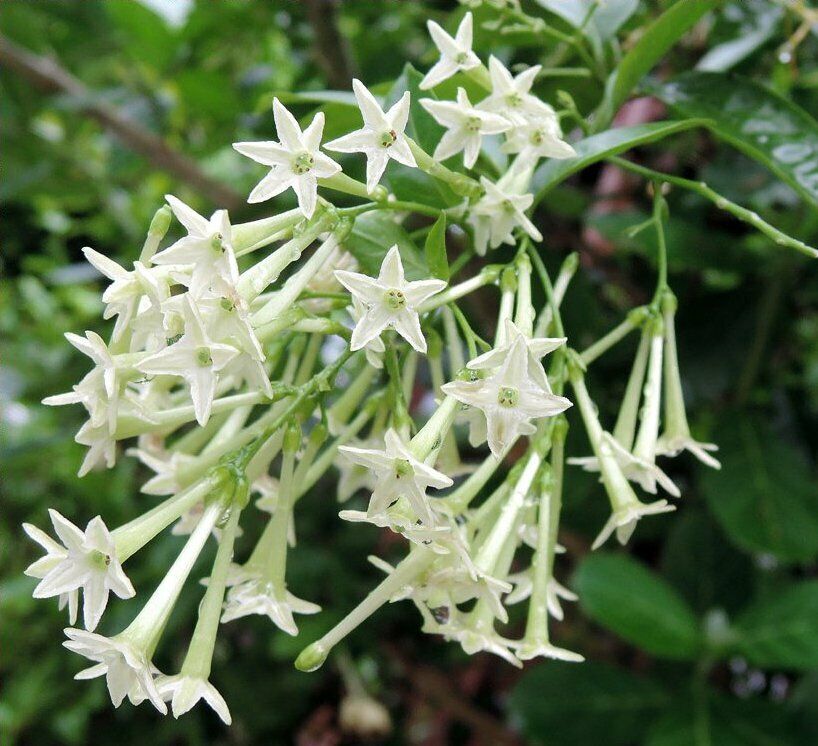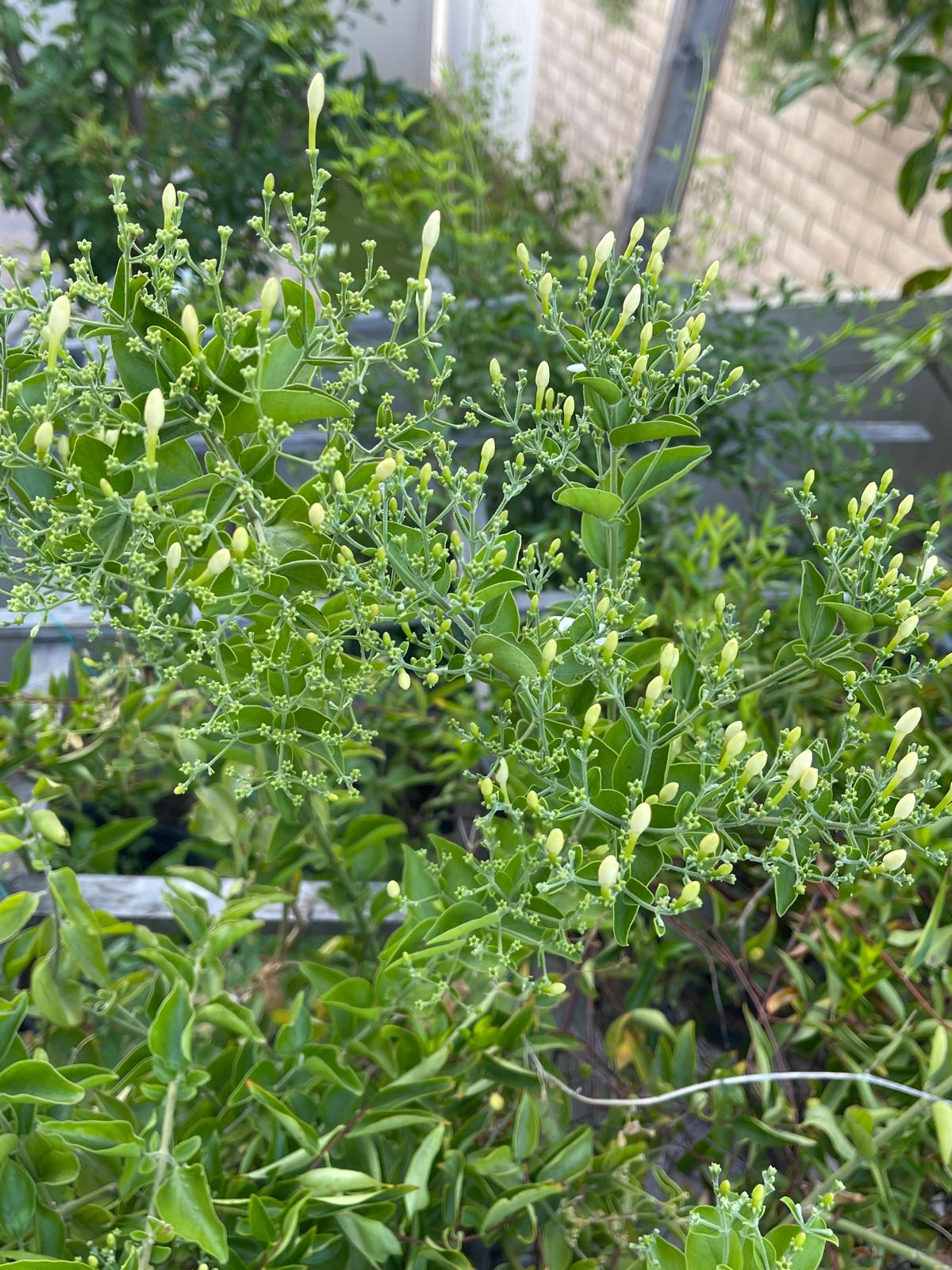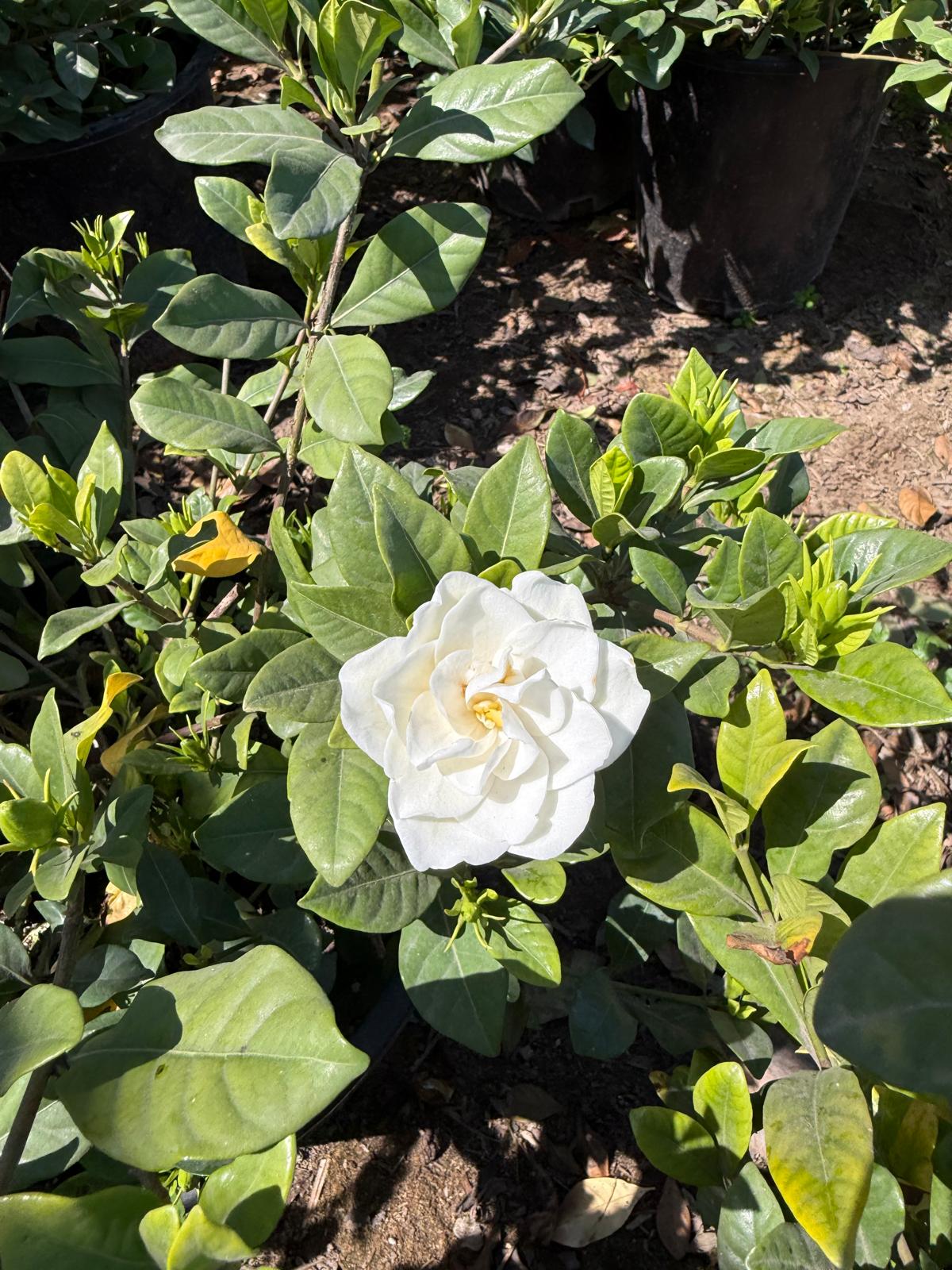
Arabian Jasmine: A Fragrant Queen of the Night
Arabian Jasmine (Jasminum sambac) is a captivating and intensely fragrant evergreen climber, native to the Middle East and South Asia. This stunning plant boasts:
- Dark green, glossy leaves with a leathery texture
- Showy, white, star-shaped flowers with a powerful, sweet fragrance
- Long, slender stems with a twining habit, perfect for trellises or arbors
Fragrance and Bloom:
- Arabian Jasmine blooms in the evening, releasing its heady scent into the night air
- The fragrance is intense and sweet, with hints of rose and orange blossom
Uses and Significance:
- Used in perfumes, aromatherapy, and traditional medicine
- A popular choice for gardens, greenhouses, and indoor containers
- Symbolizes love, sensuality, and spiritual growth in various cultures
Cultivation and Care:
- Plant in well-draining soil and partial shade
- Water regularly, but tolerate some drought
- Prune to maintain shape and encourage new growth
Traditional Significance:
- In Arabian culture, Jasmine is considered the “Queen of the Night”
- In India, it’s a symbol of love and sensuality
- In China, it represents good fortune and prosperity
Experience the Alluring Scent of Arabian Jasmine:
With its breathtaking beauty and intoxicating fragrance, Arabian Jasmine is a true delight for the senses. Let its sweet aroma transport you to a world of romance and enchantment.
Here are some tips to encourage more flowers on Arabian Jasmine (Jasminum sambac):
General Care
- Lighting: Bright, indirect sunlight (4-6 hours/day)
- Watering: Consistent moisture, avoiding overwatering
- Soil: Well-draining soil with pH 6.0-7.0
- Temperature: 65°F-90°F (18°C-32°C)
- Fertilization: Feed with high-phosphorus fertilizer (10-20-10 NPK) during summer.
Flower-Boosting Tips
- Prune regularly: Prune after flowering to promote new growth and encourage more blooms.
- Train the vines: Train stems to grow upright or provide trellis support for better flowering.
- Deadheading: Remove spent flowers to encourage new blooms.
- Mulch around base: Retain moisture, suppress weeds, and regulate soil temperature.
- Repotting: Transplant every 2-3 years to refresh soil and promote healthy growth.
- Provide humidity: Maintain 50-60% humidity around plants.
- Avoid over-fertilization: Excessive nitrogen can reduce flowering.
- Monitor pH levels: Maintain slightly acidic to neutral soil pH.
- Pinch pruning: Pinch off terminal buds to encourage branching.
- Air circulation: Ensure good air circulation to prevent fungal diseases.
Additional Secrets
- Evening watering: Water plants in the evening to mimic natural dew.
- Soil conditioning: Add flower-promoting substances like bone meal or fish emulsion.
- Fragrance-enhancing pruning: Prune stems just above a node to release fragrance.
- Winter protection: Protect plants from frost and freezing temperatures.
Fun Facts
- Arabian Jasmine is the national flower of the Philippines.
- Its fragrance is used in perfumes, teas, and traditional medicine.
By following these expert tips, you’ll be enjoying an abundance of fragrant Arabian Jasmine flowers in no time!



